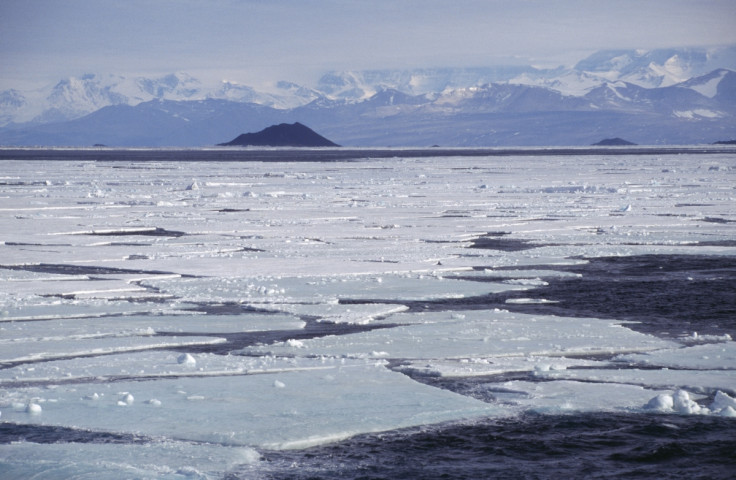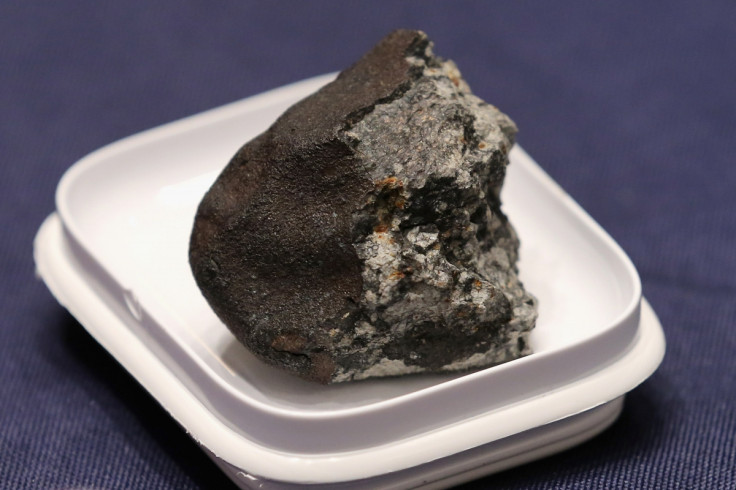Antarctica is sitting on a layer of meteorites from the very beginning of our solar system

A pool of iron-rich meteorites may be buried beneath Antarctica, say researchers from the University of Manchester. They believe that space rocks may be trapped tens of centimetres beneath the ice, and fall deeper and deeper every summer.
The research, published in the journal Nature Communications, suggests that meteorites rich in iron may be trapped underneath Antarctic ice. These rocks would have crash-landed on Earth during the early solar system formation, but have since been imprisoned underneath 20 to 30cm sheets of ice.
Meteorites are often uncovered across the globe, and two-thirds of these space boulders are found in the southernmost continent of Antarctica. In fact, up to December 2015, a total of 34,927 meteorites had been recovered from the giant icebox.
However, less than 1% of these meteorites have been rich in iron – significantly lower than the global proportion of nearly 6%. Scientists therefore began to believe physiological factors were at work, limiting the amount of these rocks being discovered by humans.
"One or more physical mechanisms are resulting in an apparent shortfall of iron-based meteorite falls in Antarctica," write the authors.
"It is our hypothesis that the under-representation of iron-based meteorites in Antarctic data is caused by solar energy penetrating the clear ice."

The study
The researchers believe that the heat-conducting iron consumes the warmth of the sun in the summer months. As the rock warms up, it melts the ice around it, and falls deeper and deeper below the icy surface – away from scientists' hands.
To test their theory, the study tested two meteorite specimens previously collected – one of which had a high concentration of iron locked inside it. The identically sized rocks were encased in ice and set underneath an ultraviolet lamp.
The results
The results showed that both meteorite samples began to melt the surrounding ice – but the iron-rich sample melted the ice at nearly one whole millimetre per hour faster than the other sample. The scientists then used a mathematical formula to include their findings in a model for the conditions in Antarctica – taking into account the amount of ultraviolet the rocks are expected to receive, as well as their depth in the ice.
Their final results showed that their theory could be correct, and a fine layer of iron-rich meteorite may be settled beneath the Antarctic surface.
"The plausible implication of these results is the existence of a sparsely distributed layer of iron-based meteorites underneath the surface of Antarctica," the researchers wrote.
Access to this layer would ultimately help scientists uncover more secrets about the origins of our solar system.
"Every new iron or stony-iron meteorite sample recovered has the potential to have originated from the core of its own unique parent asteroid body, providing insights into the number, diversity, evolution and destruction of protoplanets that existed in the early solar system."
© Copyright IBTimes 2025. All rights reserved.






















